It’s easy to think of wildlife as something decorative or optional—beautiful to look at, sometimes useful, occasionally inconvenient.
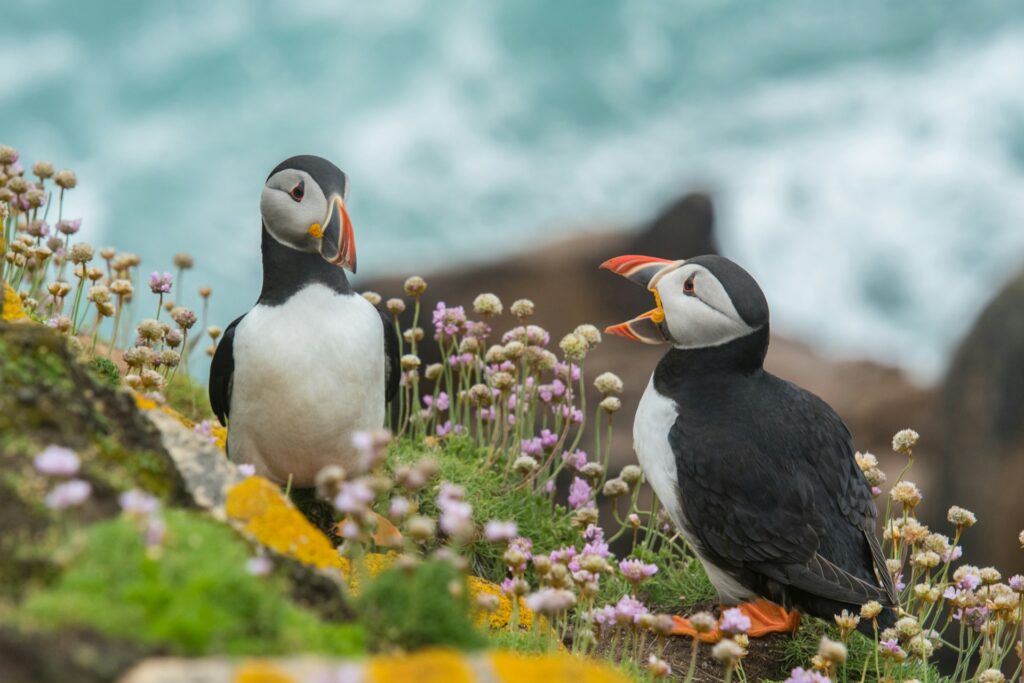
However, what if we lost it all? If the birds vanished from the skies, the insects disappeared from the soil, the fish were gone from the seas, and the forests stood silent without their wild inhabitants? It’s a bleak picture, but more than that, it’s one we wouldn’t survive. Wildlife isn’t just background noise. It’s a fundamental part of the Earth’s systems – systems we rely on every single day.
Without wildlife, our way of life would unravel quickly. We’d face a cascade of failures: in our food supply, our health, our climate, and even our mental wellbeing. We like to think we’re separate from nature, but the truth is we’re stitched into it. When one thread is pulled loose, the rest starts to fall apart. Here’s what we’d lose if wildlife vanished, and why that loss would be far more devastating than many of us realise.
Natural pest control would vanish.
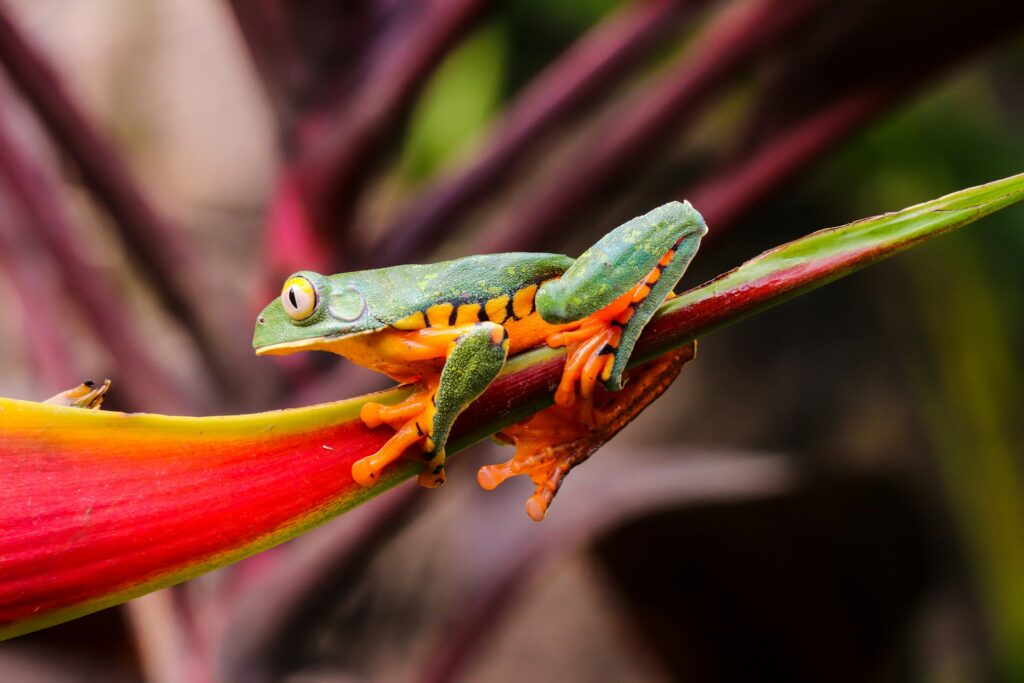
Birds, bats, amphibians, spiders, and predatory insects do a huge amount of unpaid work by keeping pest populations in check. Without them, insects that destroy crops and carry diseases would spread rapidly. Mosquitoes, locusts, aphids, and rats would thrive. Farmers would have little choice but to rely even more heavily on chemical pesticides, leading to a toxic chain reaction: polluted water supplies, pesticide-resistant pests, and damaged ecosystems that struggle to recover.
Some species, like barn owls or ladybirds, are incredibly efficient at controlling pests without any human input. When those natural regulators are gone, we lose an entire layer of defence that we didn’t even realise was working for us.
Our food systems would collapse.
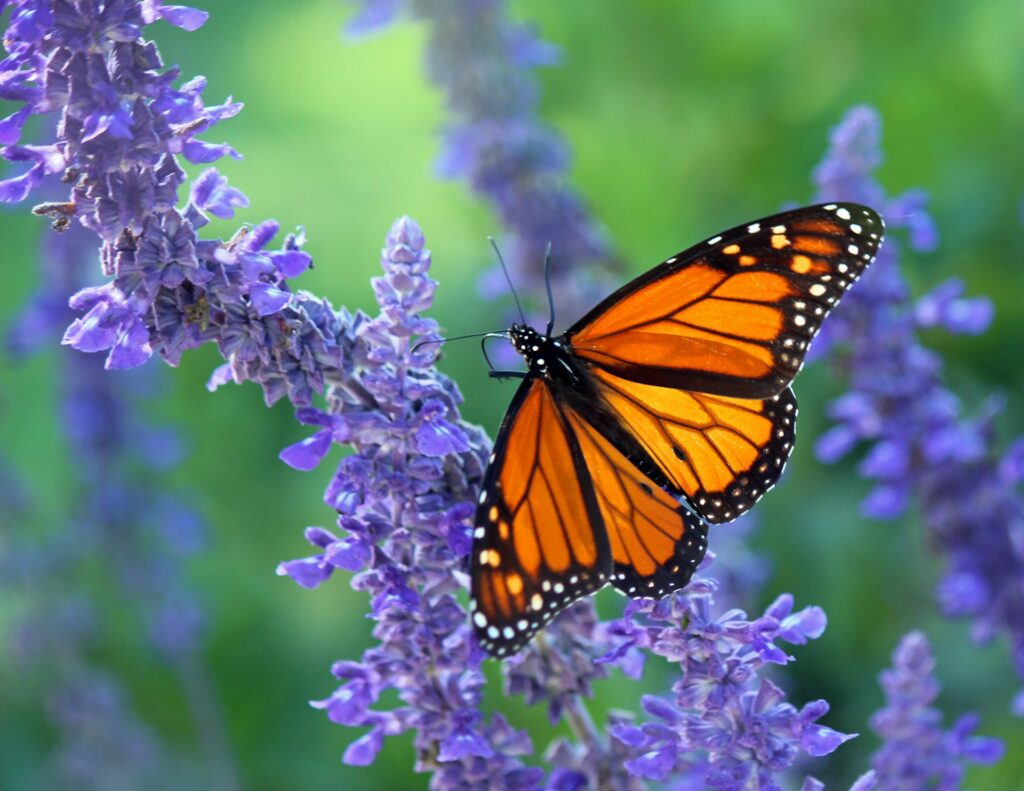
Roughly three-quarters of the crops we eat rely on animal pollination. That includes fruits, vegetables, nuts, and seeds—the backbone of healthy diets. Bees, butterflies, birds, and even some mammals play a vital role in fertilising plants. No wildlife means no pollinators. And without pollinators, yields plummet.
The consequences would go far beyond the produce aisle. Many crops used to feed livestock also rely on pollination, meaning meat and dairy production would be affected too. Prices would soar, nutrition would suffer, and food security would be under serious threat. According to the FAO, nearly 90% of wild flowering plant species depend on animal pollinators. Remove them, and the dominoes begin to fall.
The air and water would become more polluted.
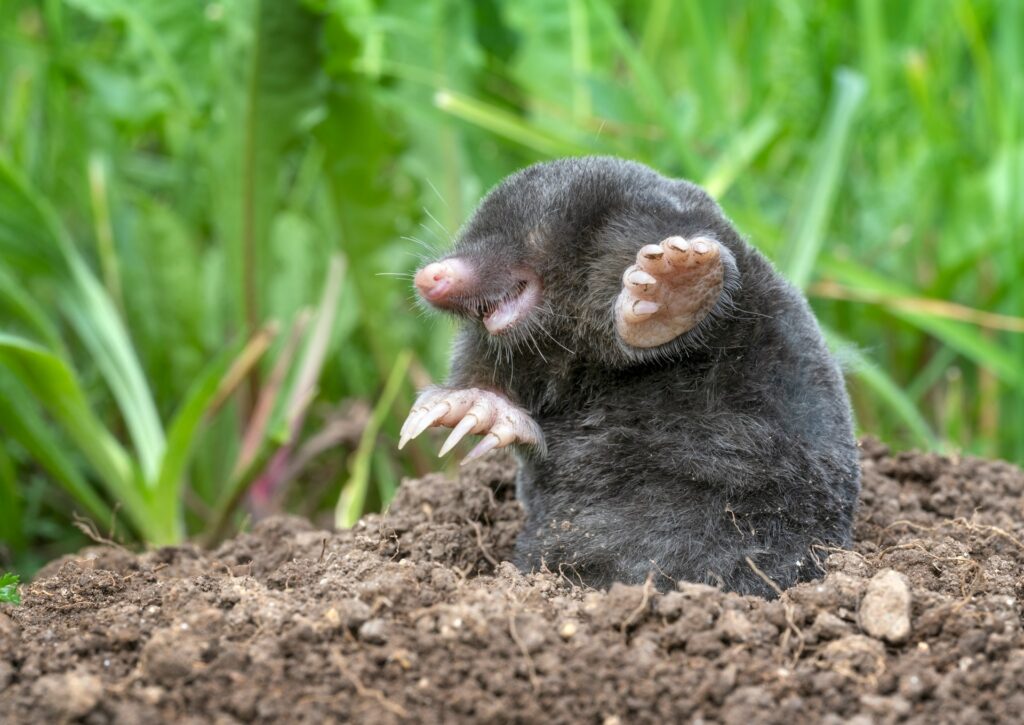
Healthy ecosystems filter our air and water. Wetlands absorb excess nutrients and trap pollutants. Forests capture airborne toxins. Oceans regulate carbon dioxide. And behind all these systems? Wildlife. Filter feeders like mussels and oysters clean vast volumes of water each day. Decomposers like fungi, beetles, and bacteria break down waste and recycle nutrients.
Without those living systems running in the background, the natural cleaning process would stall. Algae blooms would increase. Water would become murkier and less safe to drink. Air pollution would linger longer. The natural filtration systems we take for granted would cease to function.
Soil health would collapse.
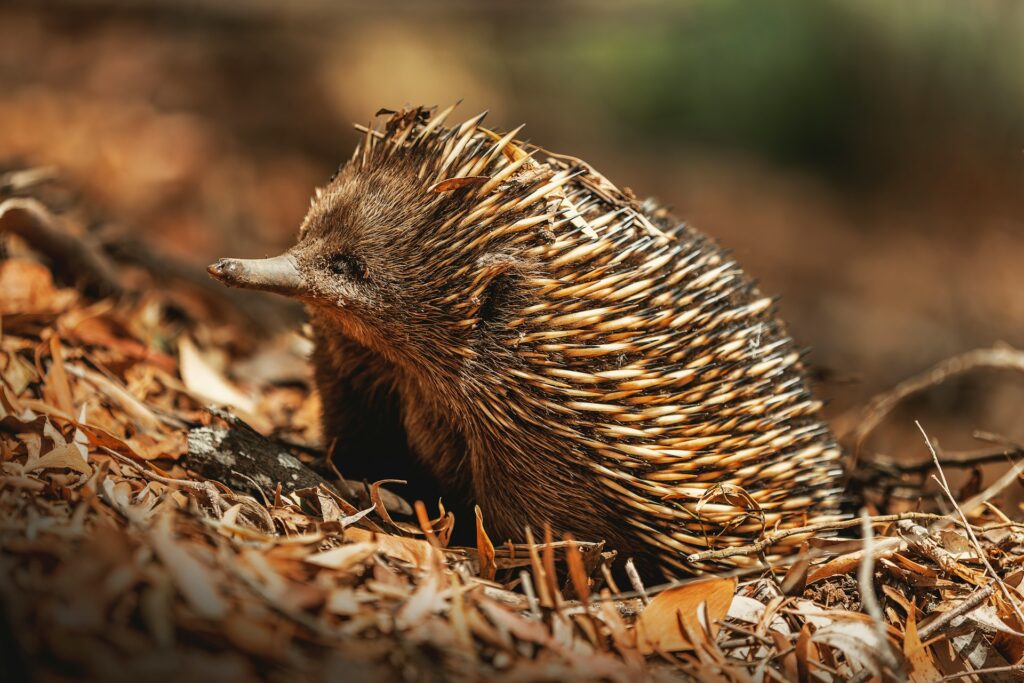
Soil might not look alive, but it is. It’s a dynamic, living environment full of tiny creatures, from earthworms and beetles to fungi and microbes, all of which keep it fertile. These organisms decompose organic matter, improve water retention, aerate compacted areas, and support plant growth.
Without them, soil becomes compacted, nutrient-poor, and lifeless. Crops struggle to grow. Flood risk increases because water can’t drain properly. And once soil degrades, it takes decades to recover, if it ever can. The global food supply depends on healthy soil, and healthy soil depends on wildlife.
Climate change would accelerate.
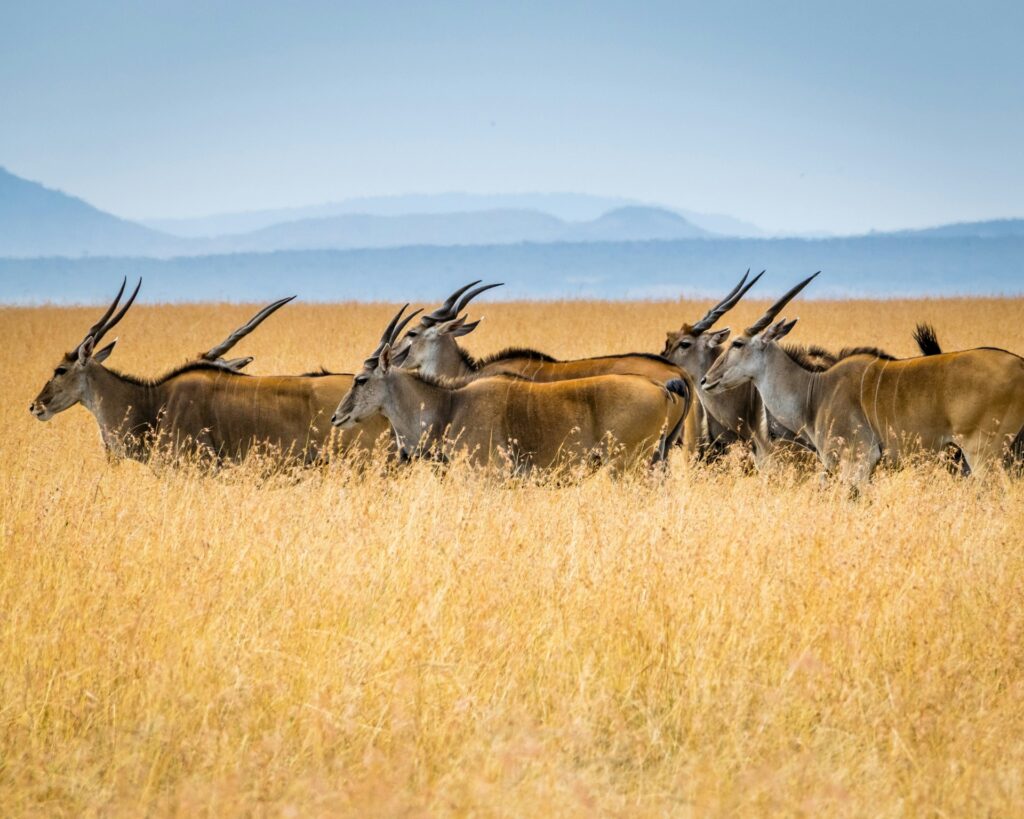
Wildlife isn’t just affected by climate change. It also helps slow it down. Forests, grasslands, and oceans are huge carbon sinks, absorbing CO2 from the atmosphere. But those systems depend on animals. Whales help cycle nutrients that support carbon-trapping plankton. Elephants shape forests in ways that help trees grow. Birds spread seeds and encourage regrowth.
When these animals disappear, ecosystems become less efficient at storing carbon. That means more carbon in the atmosphere, higher temperatures, and even more pressure on already strained ecosystems. Without wildlife, our natural buffers against climate change start to crumble.
We’d lose medical discoveries.
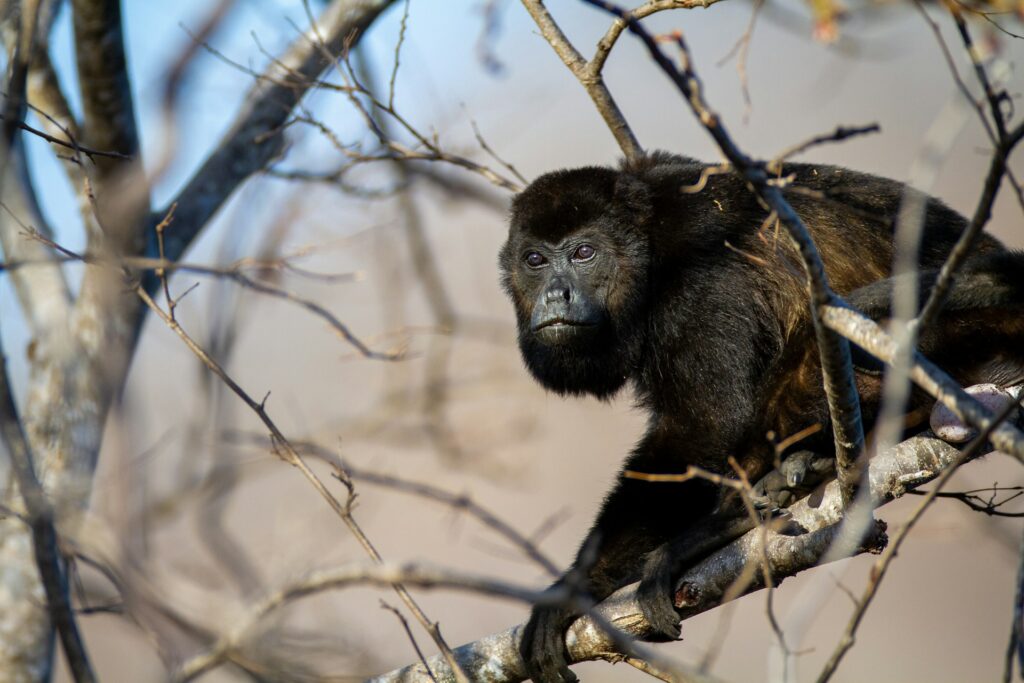
Nature is the original pharmacy. Many of our most important drugs come from wild organisms. Penicillin from mould. Morphine from poppies. Cancer treatments from yew trees and sea sponges. Even some COVID-19 treatments have origins in compounds found in nature.
There are thousands, possibly millions, of species we haven’t studied yet. Who knows what cures are hiding in the rainforest, under the sea, or in the soil? Every extinction is a closed book, a lost opportunity. Once a species is gone, its secrets go with it.
Our mental health would take a hit.
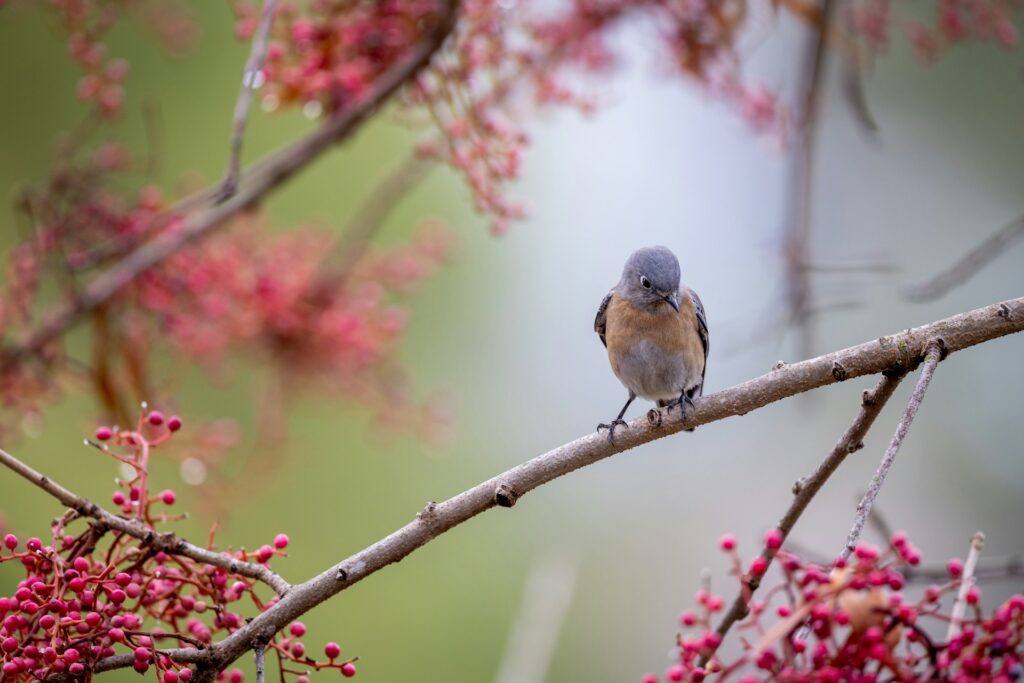
Time spent in natural environments is strongly linked to improved mental health. It lowers stress, improves mood, boosts focus, and reduces anxiety and depression. Birdsongs, rustling leaves, and the presence of wild creatures can have a grounding, calming effect that’s hard to replicate.
Without wildlife, our connection to the natural world would become purely visual—empty landscapes without movement, sound, or life. We’d lose not just the health benefits, but also the joy and wonder that come from seeing something wild and free.
Ecosystems would spiral out of control.
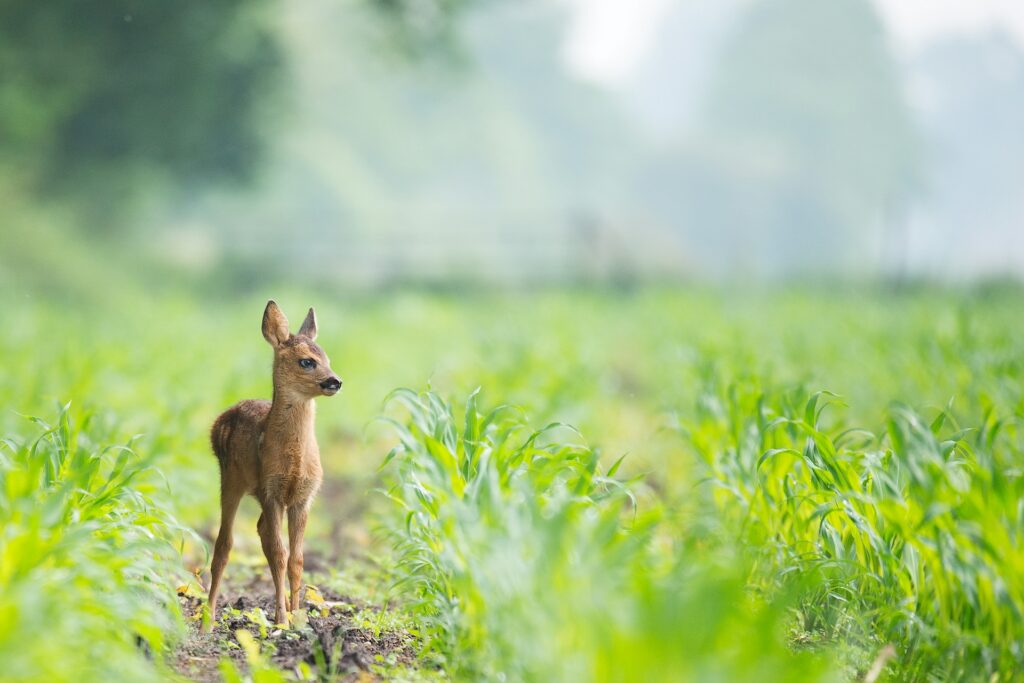
Everything in nature is connected. Remove one species, and others are affected. Remove many, and the whole system starts to unravel. Predators keep herbivore populations balanced. Herbivores control vegetation. Insects pollinate plants. Fungi break down waste.
Take away wildlife, and ecosystems become unbalanced. Some species explode in number. Others vanish. Food webs collapse. The ripple effect spreads fast, and once an ecosystem breaks down, it’s incredibly hard (and sometimes impossible) to rebuild.
We’d lose beauty, wonder, and inspiration.
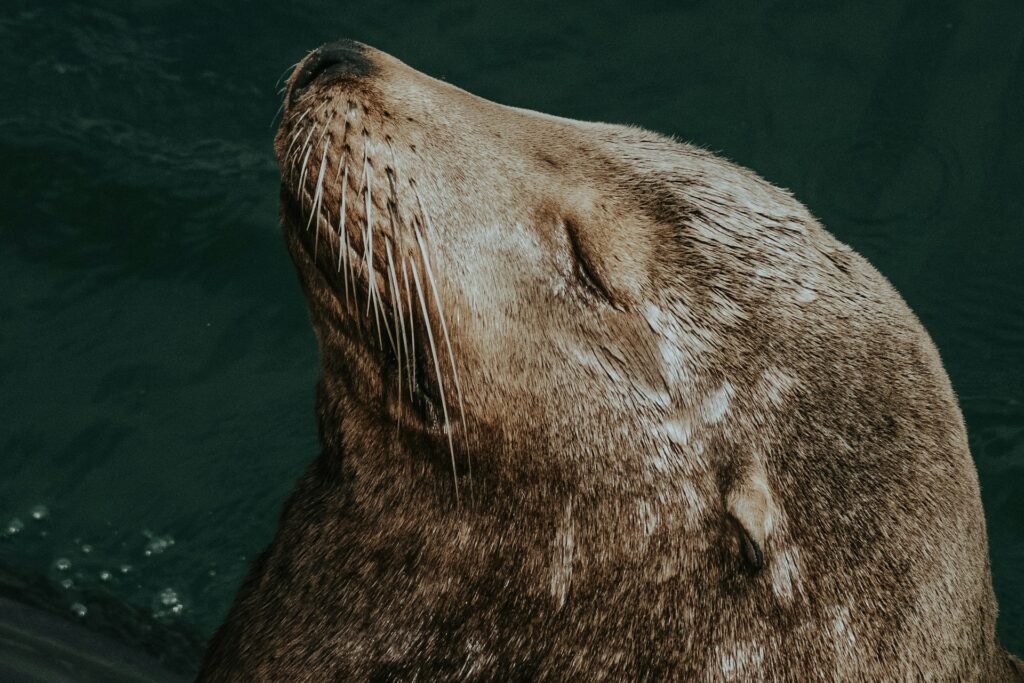
Wildlife has inspired us for centuries. It’s shaped our myths, fuelled our art, influenced our language, and even defined our identities. We’ve named constellations after animals, carved them into temples, and featured them in everything from cave paintings to Netflix series.
A world without wildlife wouldn’t just be biologically poorer. It would be emotionally and culturally emptier, too. No wolves howling in forests, no whales singing in the ocean, no birds calling at dawn. Just silence.
Our economies would suffer.

Biodiversity supports countless industries. Agriculture, fishing, forestry, and even tourism rely on healthy ecosystems. Wildlife draws millions of tourists every year, bringing money to communities and funding conservation. Without these species, many of those industries would shrink or collapse entirely. That means lost jobs, reduced food supply, and struggling rural economies. Wildlife doesn’t just support nature—it supports livelihoods.
We depend on wildlife more than we realise.
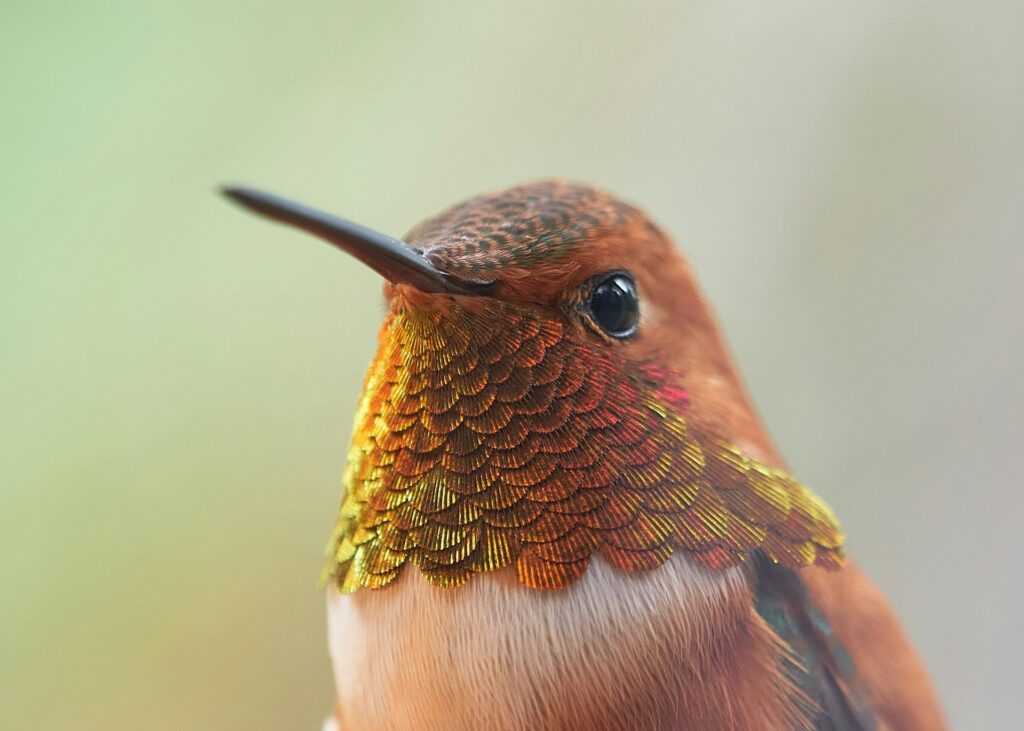
It supports the food we eat, the air we breathe, the medicines we rely on, the balance of the climate, our mental health, and even our economy. Without it, the systems we depend on start to fail, and the safety nets we’ve built begin to fray.
So no, we couldn’t survive without wildlife—not for long, and not in any way we’d want to. The good news is, we haven’t reached that point yet. If we act now by protecting habitats, preserving species, and respecting the natural world, we don’t have to. Wildlife has always supported us. Now it’s our turn to return the favour.